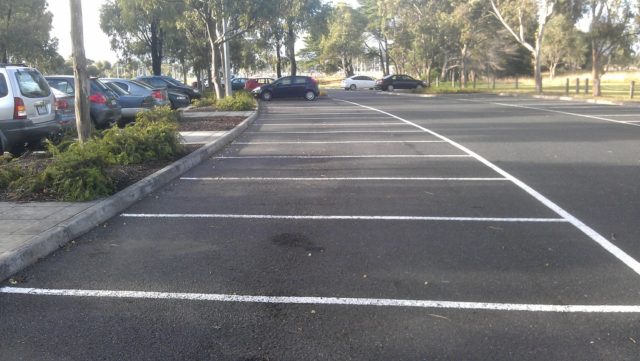For as long as roads have been around, there have been road accidents. The risk became all the greater with the introduction of the motorised car, and the story of the 20thcentury, especially the latter half, was largely one of steady improvement to road safety.
The result is that today, our roads are safer than ever. New cars come with crumple zones, airbags, and other innovations designed to protect us against disaster. Our attitudes, too, have changed: drink-driving was once considered vaguely silly; it’s now rightly condemned as totally immoral (and illegal).
That’s the broader picture. But what are things like in Essex? The picture, unfortunately, isn’t an especially pleasant one. Essex, like everywhere else, has come a long way over the years. But it’s still among the most dangerous parts of the East of England, according to an annual government report.
What do the figures say?
In 2018, there were 2,579 road accidents in Essex. The nearest rival in the East of England to this figure is Hertfordshire, which comes in at 2,053. Norfolk is just behind on 501.
Essex also leads the way when it comes to road fatalities in this part of the country. You might suppose that this is a natural consequence of having more accidents – but it’s the proportion of accidents that are fatal which might provide cause for concern. While Essex endured around 20% more road accidents than nearby Hertfordshire, it endured 80% more road deaths (45 compared to 25).
In other words, 1.7% of accidents in Essex were fatal, compared with just 1.2% of accidents in Hertfordshire. The national average is also 1.2%. A similar story is to be found in the ‘serious’ injury category. In Essex, 25.9% of accidents resulted in serious injuries; in Hertfordshire, the figure is just 18%. Again, the national average is 18%.
What makes Essex so dangerous?
A number of factors contribute to the likelihood of a road accident, and they are often difficult to disentangle. We should therefore be cautious before raising the alarm, as what might appear to be a gross disparity between one area and another might in fact be a quirk of statistics.
With that said, we can make a few conclusions. Minor roads account for the majority of accidents in Essex. 1,610 of the 2,579 occurred on minor roads. Smaller ‘A’ roads are safer, and motorways are safer still. The link between country roads and fatal accidents has been understood for some time now. Given that Essex has plenty of smaller roads, where visibility is poor and driving conditions are unpredictable, it would be surprising if it didn’t have to deal with more road deaths.
If you’ve been injured in an accident on Essex’s roads, then you might be entitled to compensation – finding out exactly how much is a simple matter of using an online compensation calculator.
Are things getting better?
In some respects, the situation is improving. There were 3,071 accidents in 2013, which means that the number of collisions fell by a sixth over a five-year period. But the number of fatal accidents is actually going in the opposite direction: there were just 34 of them in Essex in 2013, compared with 45 in 2018.
The only way that this can be reversed is through speed awareness and hefty fines to those who drive dangerously. At some point, the introduction of the driverless car might make these things unnecessary; for now, we’ve got to use the most important safety feature in any vehicle: the brain of the person driving it.




